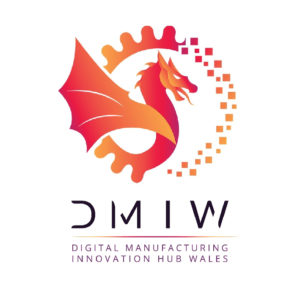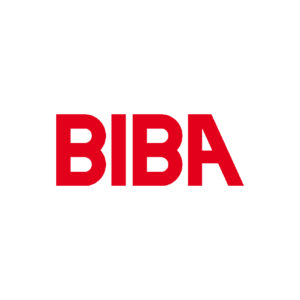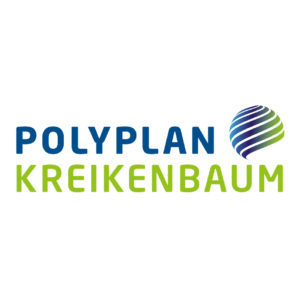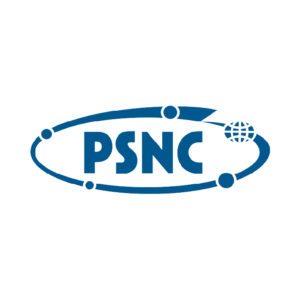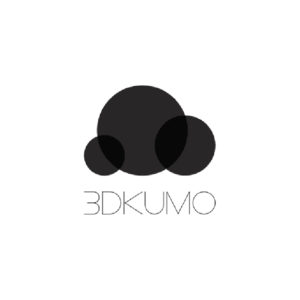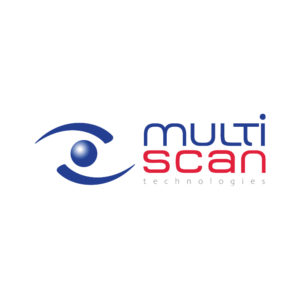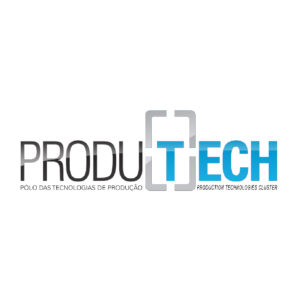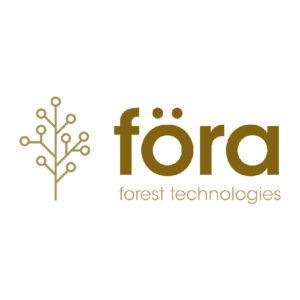Track and trace scheduled product in an open and hostile environment by deploying CPS
This Project Initial Application Experiment will track and trace scheduled product in an open and hostile environment by deploying CPS.

For over one hundred years BRC have been an industry leader in the field of concrete reinforcement and implements. Although the company is successful in winning and delivering orders to their customers, they need to modernize the tracking of the product on their shop floor. The have initially worked with C2K who have their own software solutions but need to test and develop new methods of deploying some of their solutions in the hostile environment and want to engage DMIW to support them in a number of experiments that can be prototyped at the DIH’s premises where RFID and embedded systems are available to trial the CPS experiments.
| Partner | Expertise | Role |
|---|---|---|
| Control 2K Limited | Systems Integration and solution / Software Provider | SME, use case solution provider and integrator |
| BRC Limited | Concrete Reinforcement for Construction Industries | Business that requires the knowledge and solutions |
| DMIW | RFID / Embedded Systems / CPS Expertise | Location for development and experimentation |
Problem/Business Case description
Whilst the office systems of BRC are well interconnected, BRC is still connecting to their shop-floor systems via a rudimentary communications system which allows barcodes to be printed on the shop floor to fulfil customer orders. From there onwards, the shop floor system is a continuous manual process with the steel required for the concrete reinforcement transferred to the required processes using the operator’s knowledge of interpreting the drawings and setting the machines to bend the material to the required specification.
The steel may need to go through several processes and it is essential that the operator scans the associated barcode to register the customer order number (job) in the specific process.
No CPS devices are deployed in the hostile area because of the harsh conditions that the materials go through (heat, dust, electrical noise, chemicals etc) to track the progress of the job downstream of the process so very little feedback is transmitted to the offices to track the progress of the job as it travels along in the shop floor. Orders could end up being “misplaced” if the factory processes get disrupted and are difficult to locate as again there are no sensors to track them on the shop floor.
AE description
The AE will look at deploying solutions that have been traditionally developed by C2K into BRC but C2K lacks the expertise to deploy their systems in such a hostile environment and will be looking to the DMIW to support them with experimentation in the following areas:
- Fully Integrated Information System – Transparency of two-way communication between Office and Operations using current 5G technologies
- Visual Management – Areas include Productivity, Downtime, Current Production / Orders, Shift information for Operators on a digital platform
- Automated Maintenance Alert covering Work Order Raising and Text/Email Alerts
- Knowledge-Share – Solutions automatically shown on screen for continuous operation of machine status and diagnostics via CPS devices
- Self-Learning Automation for alerting systems covering Maintenance Procedures, Inventory required to remedy breakdown situations
- Artificial Intelligence to support Work Order handling and offer new work flows
- Management Dashboard and Visualisation system – high level KPIs down to analysis by operator / machine / shift / breakdown data
- Production Asset Tracking – Warehousing solution, storage areas split into bin locations and tags assigned to bin locations
- Visibility to Crane drivers/supervision via IOT devices to track each master bundle through the factory
- Machine Analytics – Oil levels, greasing requirements, drive wear, temperatures, vibration etc
- Predictive Fault Prevention using AI to pinpoint priority areas to attack
- Operator movement control – prevention of operators from entering hazardous areas through automated gate locking mechanisms and tracking devices/motion sensors
- VR / AR Support Systems
- Virtual Training System – Machine familiarisation, Manual Handling, virtual SOP trialling to familiarise staff before introduction to real processes and systems
- Fully interactive and immersive technologies for modelling and supporting production and maintenance incorporating AI technology where possible


